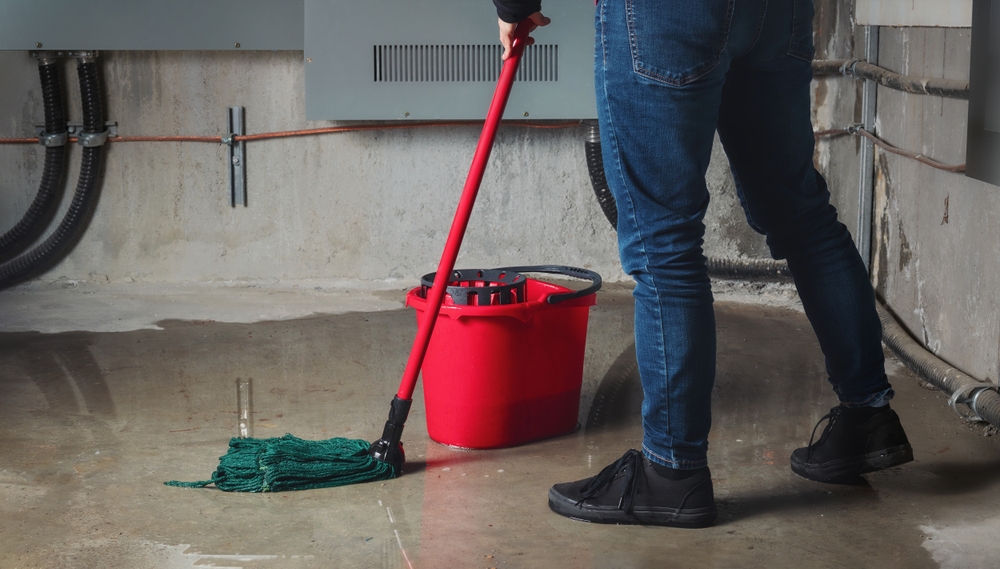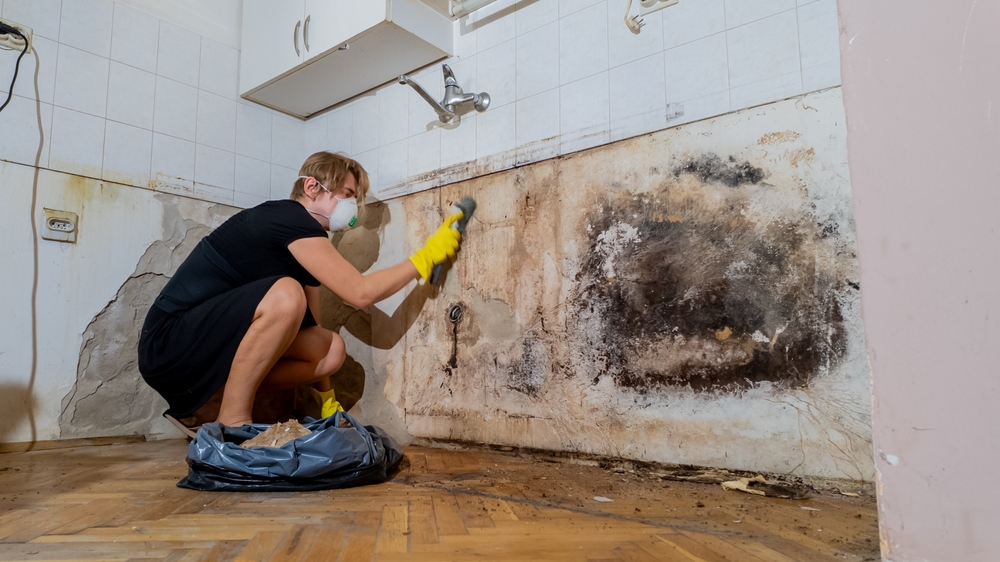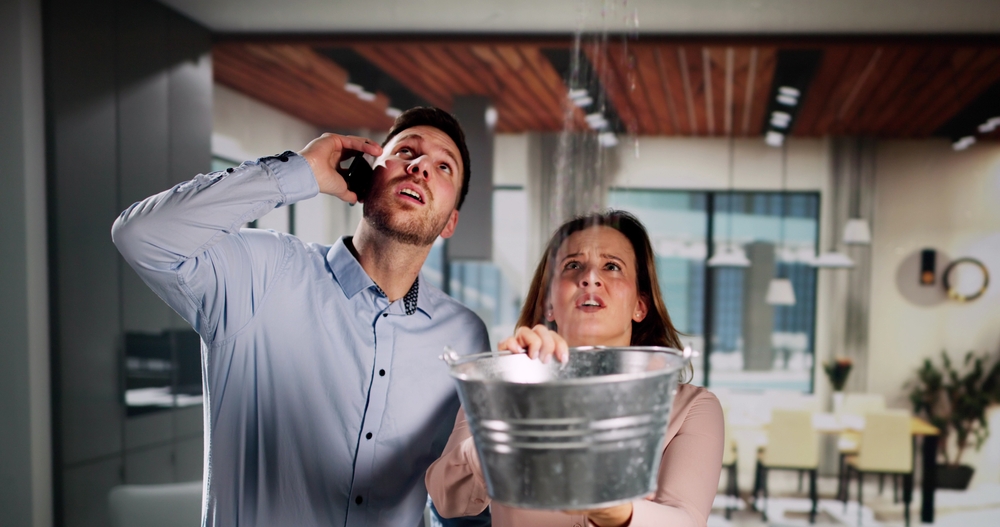The Role of Dehumidifiers in Water Damage Restoration
Following a flood, leak, or other water-related event, homes and businesses must first address water damage restoration. Excess moisture can cause major issues including mold development, structural damage, and health hazards as well as havoc on homes and possessions. This healing procedure depends much on dehumidifiers. They make the surroundings safer for healing and help to regulate humidity.
One cannot really overestimate the value of dehumidifiers. They assist reduce the possibility for mold and mildew by efficiently drying the air. These fungus can rapidly proliferate and thrive in wet environments, therefore compromising the health of the residents. Extended exposure to too much moisture can also compromise the construction of a building, requiring expensive repairs. The importance of dehumidifiers in water damage restoration will be discussed in this post together with how they support a successful recovery process.
What is a Dehumidifier and How Does it Work?
One tool meant to eliminate extra moisture from the air is a dehumidifier. It draws in humid air, cools it to condense the moisture, then expels the drier air back into the surroundings. This mechanism greatly lowers humidity, therefore improving the quality of the air.
Dehumidifiers run upon a basic idea. The temperature lowers in the unit when warm, wet air flows over cold coils. The air loses capacity to contain moisture as it cools. Water vapor so condenses into liquid form and gathers in a reservoir. The drier air the dehumidifier releases then returns into the room. This never-ending cycle greatly lowers humidity, therefore lowering the risk of mold development and other moisture-related problems.

There are numerous kinds of dehumidifiers on the market, with different special qualities. The most often occurring varieties consist in:
- Refrigerant Dehumidifiers: These chill the air and eliminate moisture by means of refrigeration technologies. In warm surroundings, they are rather successful.
- Desiccant Dehumidifiers: These machines absorb moisture from the air using hygroscopic materials such silica gel. In colder climes, they do really nicely.
- Whole-House Dehumidifiers: These systems are set right into the HVAC system of the house. They control house humidity from top to bottom.
- Portable Dehumidifiers: One can transport these smaller, stand-alone pieces from one room to another. For limited moisture control, they are perfect.
Effective water damage restoration depends on knowledge of the several kinds of dehumidifiers. Selecting the appropriate one will help the restoration process be much improved.
The Importance of Dehumidifiers in Water Damage Restoration
Preventing mold and mildew growth during the water damage restoration procedure depends mostly on dehumidifiers. Within 24 to 48 hours following water contact, mold might start to form. Dehumidifiers reduce humidity levels, therefore creating an atmosphere less favorable for mold development. Maintaining the health of persons living in the impacted region depends on this.
Dehumidifiers also greatly quicken the drying process. Surfaces including walls, carpets, and furniture dry more slowly in excess moisture. This longer drying period raises the possibility of further damage and possible health risks. Using dehumidifiers speeds the drying process, therefore lowering the possibility of structural damage.
Dehumidifiers can also be applied in concert with other methods of water damage restoration. They might, for example, enhance the utilization of air movers, which rotate air to encourage drying. These appliances taken together provide a complete moisture control plan that guarantees successful restoration.
Moreover, employing dehumidifiers might assist to reduce the bad smells connected to water damage. Musty scents resulting from moist surroundings sometimes linger long after the physical harm has been corrected. Dehumidifiers assist reduce unpleasant smells by removing extra moisture, so improving the living conditions.
Choosing the Right Dehumidifier for Water Damage Restoration
Effective water damage restoration depends on choosing the suitable dehumidifier. Making this choice requires weighing several elements:
- Room Size: Capacity of the dehumidifier will depend on the extent of the impacted region. Greater areas call for units with more moisture removal rate.
- Humidity Level: Finding the appropriate dehumidifier will depend on knowing the present humidity level. One could need a strong unit in a more humid surroundings.
- Temperature Conditions: Different dehumidifiers run better at different temperatures. For cooler climates, for example, desiccant models shine whereas refrigerant units may find difficulty.
- Drainage Options: A few dehumidifiers feature built-in pumps for continuous draining. Large-scale restoration efforts could find this function helpful.
- Energy Efficiency: Search for units rated with ENERGY STAR. Over time, these models can save money and use less power.
Additionally very important are correct dehumidifier operation and location. Arrange the units in core areas where most significant moisture accumulation is found. Arrange them apart from furniture and walls to prevent obstructing ventilation. Verify also whether the settings of the unit fit the present humidity levels. Track humidity often to change the settings as necessary.
Additional Considerations for Dehumidifier Use in Water Damage Restoration
Throughout the restoration process, humidity control is absolutely vital. One can monitor humidity variations by use of a hygrometer. Inside humidity levels should ideally be between thirty percent and fifty percent. This spectrum reduces the possibility of mold development while nevertheless enabling pleasant living circumstances.
Using dehumidifiers also takes safety into great weight. Make sure the unit is in a safe spot apart from water supplies. Extension cables might cause electrical risks, hence avoid using them. Look at the unit often for any indicators of malfunction, like odd sounds or water leaks.
Perfect functioning depends on dehumidifier maintenance and cleaning. Frequent empty of the water reservoir helps to stop overflow. Clean or replace the filter in the unit depending on manufacturer directions if it exists. This guarantees effective operation of the dehumidifier and prolongation of lifespan.

Conclusion
All things considered, water damage restoration depends critically on dehumidifiers. They speed up the drying process, assist stop mold and mildew development, and lessen smells. These gadgets generate a safer and healthier surroundings for healing by regulating humidity levels.
Using dehumidifiers also pays long-term benefits. Homeowners can stop future water damage and the related expenses by keeping appropriate humidity levels. Regular moisture control helps to prevent structural damage as well as mold.
Seeking professional assistance is usually wise for people dealing with water damage problems. With the tools and experience required to properly manage the recovery process, water damage restoration professionals They can evaluate the matter, suggest appropriate dehumidifiers, and guarantee safe completion of the restoration.
Call to Action
Visit pertinent sites if you wish further knowledge about water damage restoration and the function of dehumidifiers. Our website provides useful material covering best practices and advice for efficient restoration. Furthermore, if you are struggling with water damage, don’t hesitate to call a qualified water damage restoration firm. Their knowledge can significantly affect your efforts at recuperation.
Understanding the need of dehumidifiers and acting early will help you to safeguard your property and guarantee a good restoration procedure.
https://www.google.com/maps?cid=3399342399556699153
+1 267 668 0013
https://philadelphiarestorationservices.com/


